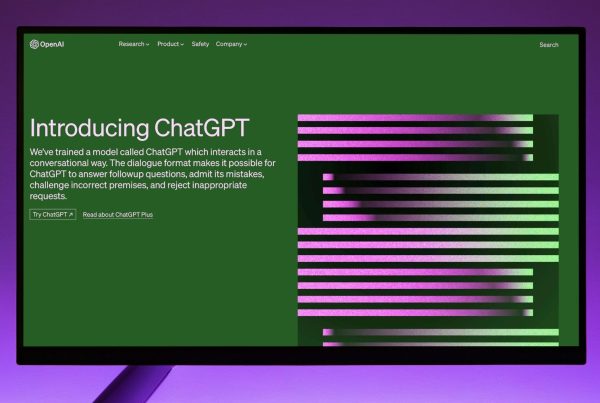As the digital tapestry of our world grows more intricate, software engineering remains at the heart of innovation, shaping the very reality we inhabit. The image of code elegantly floating off a laptop screen symbolizes the state of software engineering in 2024—a blend of depth, sophistication, and accessibility. Lunar, as a digital agency at the intersection of creativity and technology, delves into the transformative currents steering software engineering today. In this blog post, we explore the trends, challenges, and breakthroughs defining the field in 2024.
Software Engineering in 2024: A Craft Refined by Innovation and Inclusion
In 2024, software engineering is not just about writing code; it’s about writing the future. The field has transcended traditional boundaries, becoming more collaborative, user-centric, and driven by ethical considerations.
The Rise of Low-Code and No-Code Platforms
The democratisation of Development: The proliferation of low-code and no-code platforms has democratized software creation, empowering those without formal programming backgrounds to build and contribute to software projects.
Speed and Agility: These platforms have enabled faster prototyping and iteration, allowing teams to bring products to market more quickly and with greater agility in response to user feedback.
AI and Machine Learning: The New Co-Developers
Automated Code Generation: AI has started to play a more active role in coding, with machine learning algorithms generating code snippets and even identifying potential bugs before they arise.
Enhanced Personalisation: Machine learning models are now integral in creating software that adapts to individual user patterns, providing personalized experiences at scale.
The Continuous Evolution of Agile and DevOps
Integrated Workflows: Agile and DevOps have become even more intertwined, with seamless workflows that encompass the entire software lifecycle from design to deployment and maintenance.
Focus on Continuous Delivery: The emphasis on continuous delivery has led to more sophisticated CI/CD pipelines, ensuring that software updates are rolled out swiftly and securely.
Cybersecurity: The Forefront of Engineering
Proactive Defense: With cyber threats evolving rapidly, software engineering in 2024 places a strong emphasis on building security into the code from the ground up, adopting a proactive stance on cybersecurity.
Ethical Hacking: Ethical hackers have become an integral part of the development team, continuously probing and testing systems to ensure their resilience against attacks.
Remote Collaboration: The New Norm
Global Teams: Software engineering has embraced remote work, with teams spread across the globe collaborating in real-time, leveraging cloud-based development environments and communication tools.
Inclusivity and Diversity: The remote model has broadened the talent pool, incorporating diverse perspectives that enrich the problem-solving process and foster innovative solutions.
The Lunar Approach to Software Engineering in 2024
At Lunar, we recognize that software engineering is a dynamic field that requires a balance between deep technical expertise and creative problem-solving. Our approach is to:
Embrace Cross-Disciplinary Collaboration: We foster an environment where designers, engineers, data scientists, and strategists work together to create software solutions that are not only powerful but also intuitive and delightful to use.
Stay Ahead of the Curve: We prioritize staying up-to-date with the latest technologies and methodologies, ensuring that our engineering solutions are cutting-edge and future-proof.
Build with Responsibility: We are committed to ethical software development, ensuring that our products not only serve our clients’ needs but also contribute positively to society and operate with integrity.
Conclusion
Software engineering in 2024 is a vibrant and ever-evolving landscape. At Lunar, we are excited to navigate this codescape, crafting software solutions that drive progress and innovation. Join us as we continue to push the boundaries of what’s possible in the digital realm.


